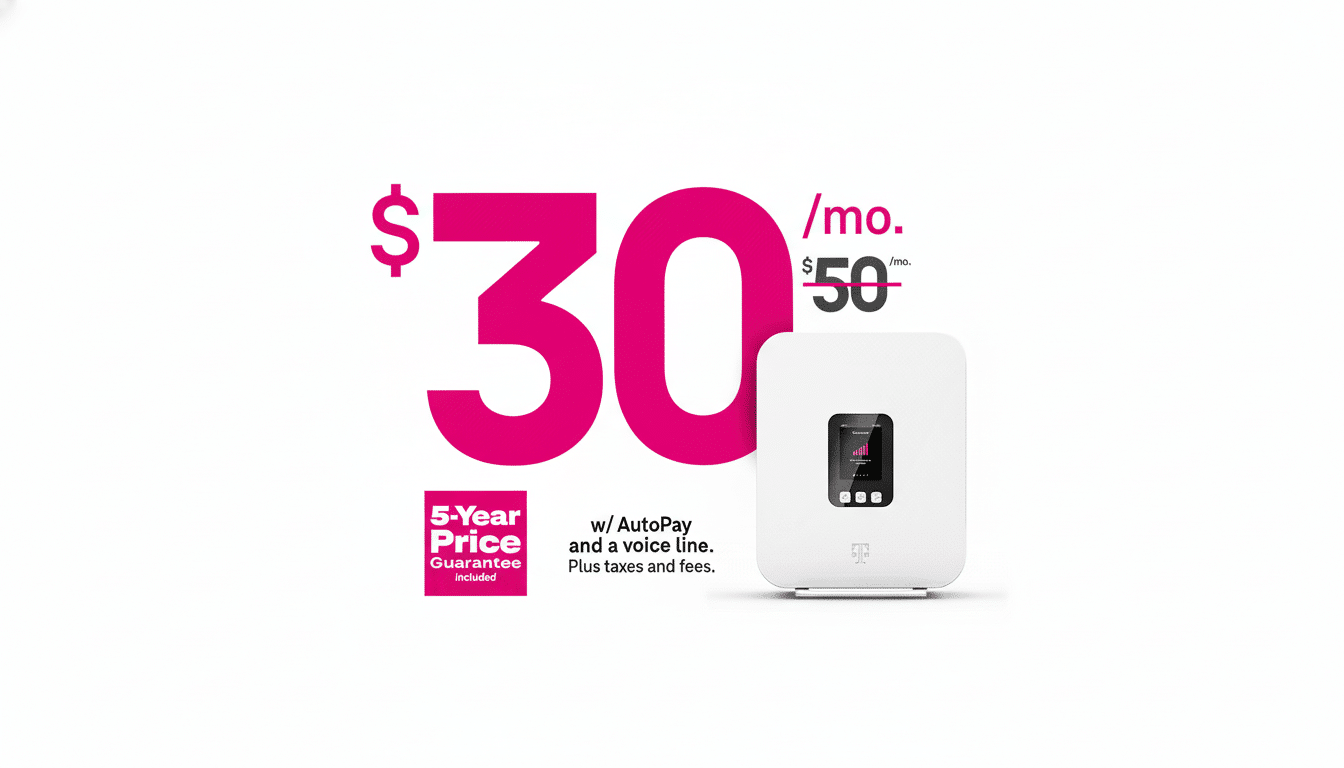Think you may feel the urge to ditch T-Mobile? You are hardly the only one, a new reader survey indicates. The largest single group in the poll of nearly 3,500 respondents said they are thinking about switching from the magenta carrier, and it indicates a clear undercurrent of customer ambivalence even as T-Mobile leads critical 5G performance metrics.
What the New Survey Shows About T-Mobile Sentiment
“No, I’m considering switching,” the top response in our informal poll, was selected by 30.7 percent of voters.

An additional 15.2 percent said they were already ex-T-Mobile customers. All told, that’s just over 45 percent who have either left or are actively contemplating doing so.
Everyone isn’t down in the dumps about the carrier, however. Roughly a quarter (25.3 percent) of respondents are taking the middling path, saying T-Mobile is “fine, but I wish some things were better,” and 23.5 percent reported having a positive experience by stating the service has been great. That’s about 48 percent who are still happy, or at least content to mind their business and let it be.
As with any reader poll, the answers are not scientific, but the large sample size suggests a meaningful split in customer experience and expectations.
Why Customer Sentiment About T-Mobile May Be Shifting
Price fluctuations are at the center of a lot of grievances. In 2024, T-Mobile rolled out increases on some of its legacy plans — typically $2 to $5 per line — after years of promising price stability. The company also previously adjusted its AutoPay discount so bank accounts and debit cards receive preference over credit cards, effectively raising some customers’ bills each month.
Service quality is a factor as well, although the image is nuanced. Ookla and Opensignal, independent testers, both rank T-Mobile at or near the top for 5G availability and median download speeds nationally. But the experience can differ widely by neighborhood, building density, and network traffic. Some customers say they’re getting deprioritized in peak hours, while others in rural or fringe areas continue to have gaps despite the carrier’s swift 5G rollout.
Another point of contention: perks and promos. Device deals have become more convoluted, coming with multiyear bill credits or conditions precedent, like premium plans and trade-ins needed to unlock headline savings. And if you couple that with fee creep, even good network performance may seem to be clouded by an increasing total cost of ownership.

How These Survey Results Fit Broader Wireless Trends
While the survey may reflect anti-incumbency sentiment, industry churn activity overall continues to be low when viewed over time. Churn for T-Mobile’s postpaid phones generally sits at less than 1 percent, in line with competitors, according to company filings and analyst estimates. That said, the wider market is a live wire: economic pressures, maturing 5G networks, and aggressive promos from all three of the big national carriers mean churn remains in play quarter to quarter.
That’s a nice option for bargain hunters, especially if you want to take advantage of some MVNOs. Budget brands operating on big networks — think carriers that share the same towers but with different prioritization rules, for instance — have pulled in price-sensitive customers with simpler plans and taxes-included pricing. Keep in mind that moving to an MVNO doesn’t always mean switching networks; some function on the same infrastructure as your current carrier but at less expense, which could still maintain local coverage while dropping a few dollars from your monthly bill.
Independent research helps explain the dynamic of push and pull. Data from Opensignal and Ookla throughout 2024 indicates T-Mobile takes top honors in 5G reach and speed in various markets, but J.D. Power’s studies serve as a reminder that satisfaction isn’t just about throughput — billing clarity, customer service, and the perception of value come into play when people rate their carrier and decide whether to stay.
Thinking About Switching Carriers? Try Before You Buy
If you’re undecided, begin by seeing the coverage first. See if your current carrier offers a short eSIM trial or check out some MVNOs that do so you can sample signal and speeds in your daily routine without canceling your actual line. Try it at home, at work, and during peak commuting hours.
Bring-your-own-device plans allow you to have a predictable monthly cost, and trade-in promotions can be great if you know you’re going to stay put during the duration of the credit period.
Finally, ask your neighbors or coworkers what their experience is on the target network. Crowdsourced wisdom — and a trial — is more than good enough to win you a result that outpaces the national averages for where you actually use your phone.
Bottom Line: Switching Depends on Local Coverage and Cost
The new survey signals a clear division within the ranks of T-Mobile customers: Nearly half are either considering leaving or have already abandoned the carrier, even as an equal share say their service is good or acceptable. And with competing pricing plans that can change over time and plan perks swinging one way while market-leading 5G performance swings the other, it all comes down to local coverage and how much you have to pay per month based on your actual usage once everything is added up (including the fine print).

